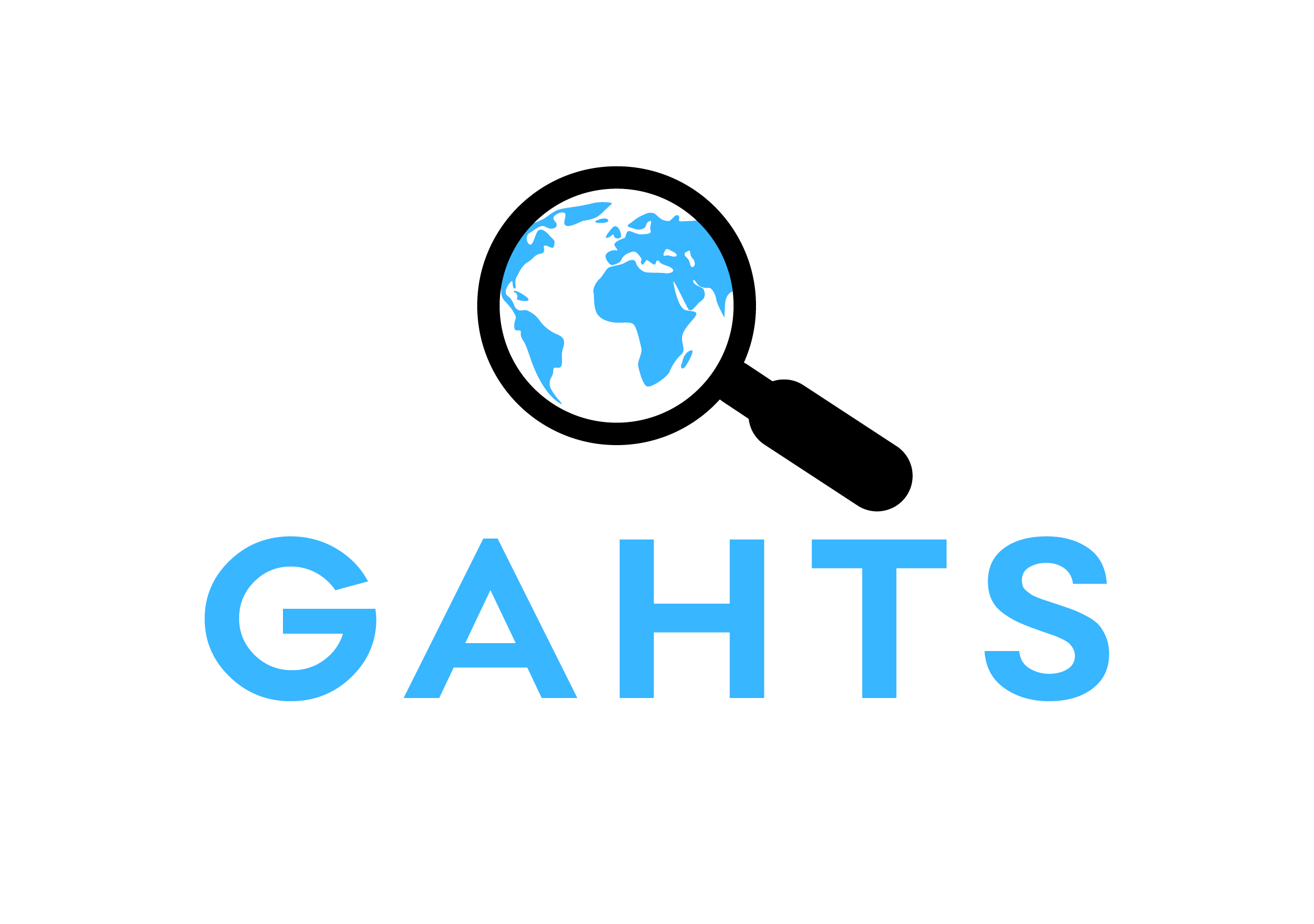Detecting child trafficking within the child welfare system: recommendations and best practices for screening and identification protocols in the United States
Author: Middleton, Jennifer & Edwards, Emily
Abstract: Child trafficking is a prevalent and serious problem across the United States. The consequences of child trafficking are extremely harmful, and when unidentified and untreated, can have lifelong negative and sometimes fatal results. The issue of unidentified child trafficking is due in part to the lack of awareness of the hidden nature of child trafficking and a lack of effective and evidence-based screening protocols in place throughout the United States.1,2 This study used a comparative analysis approach to analyze qualitative data collected by the research team in order to compare child trafficking screening and identification tools being used in 26 states across the country. Based on interviews conducted with child welfare leaders in 26 states, all but two states (92% of states interviewed) reported having screening protocols in place for identifying potential victims of trafficking. States reported utilizing task forces, work groups, advisory councils, and partnerships with University researchers to inform the selection and/or design of screening tools. Common challenges to implementing screening tools included the length of the tool, lack of inclusive language, and the lack of standardized training of reporters. Implications for selection and use of screening and identification protocols are discussed and include: the use of tools with established statistical reliability and validity, the need for a more expansive range of questions addressing risk and protective factors, indicators, and direct questions, as well as the need to implement an evidence-based, structured decision-making protocol.
Keywords: human trafficking, child trafficking, child welfare, screening, identification
